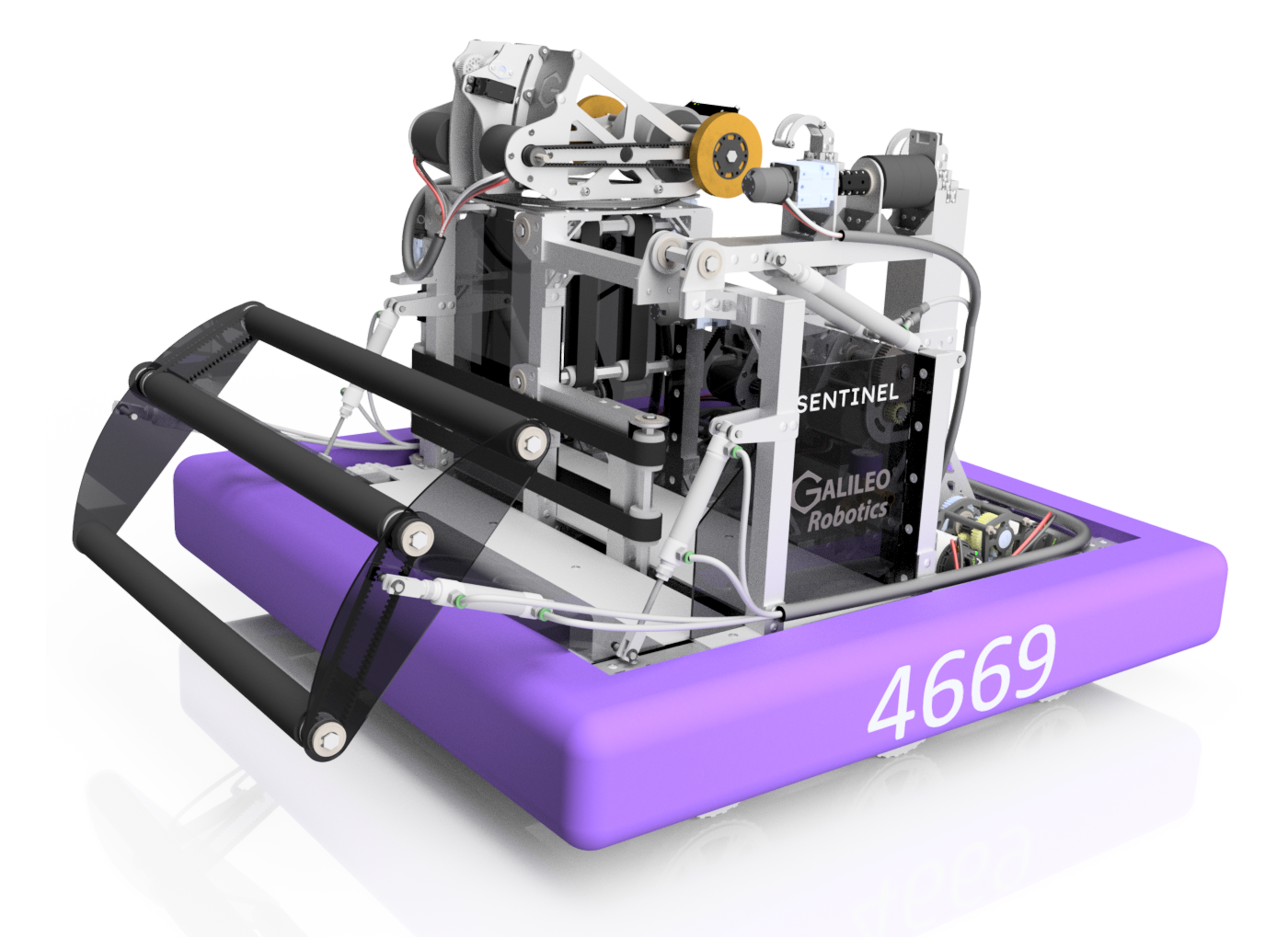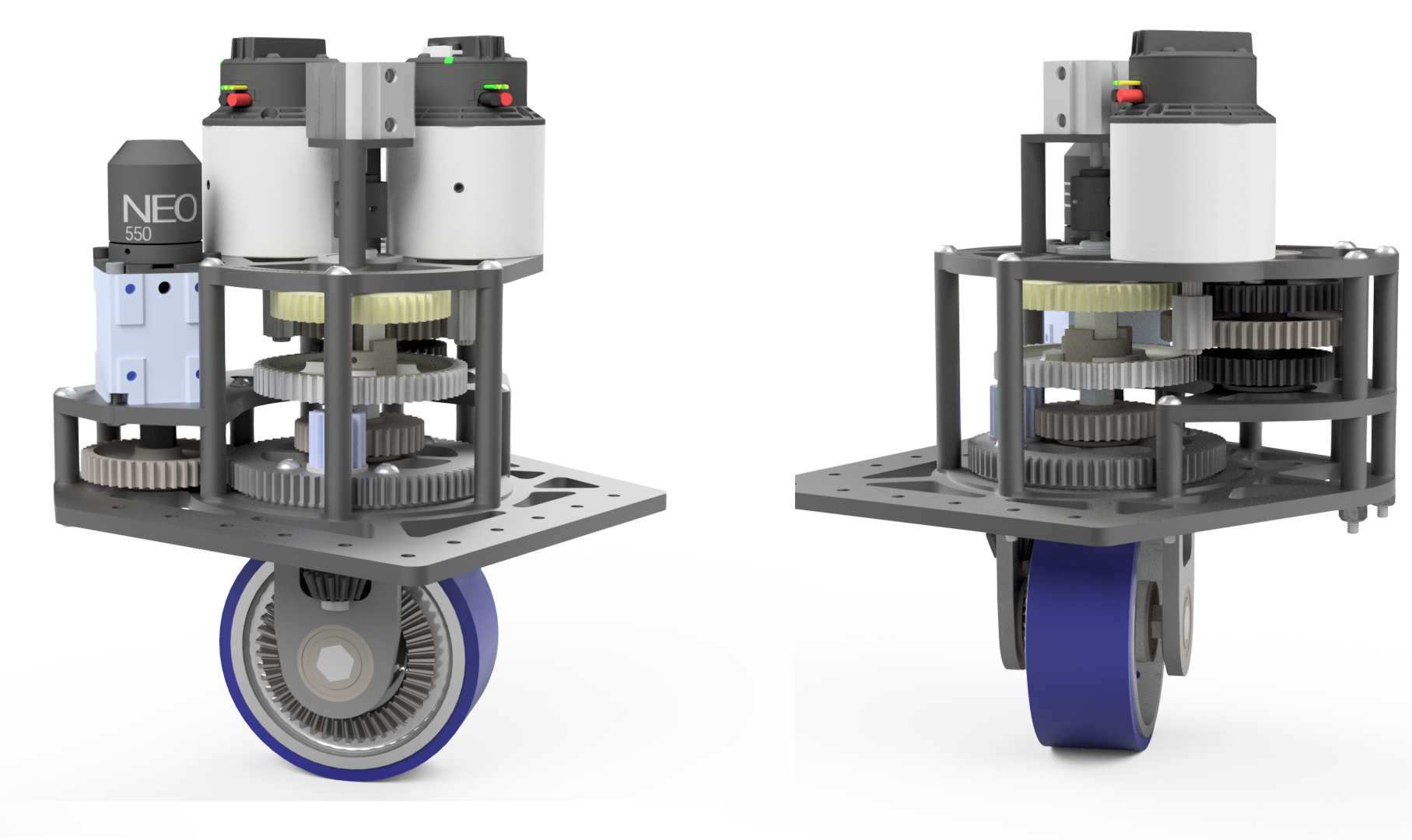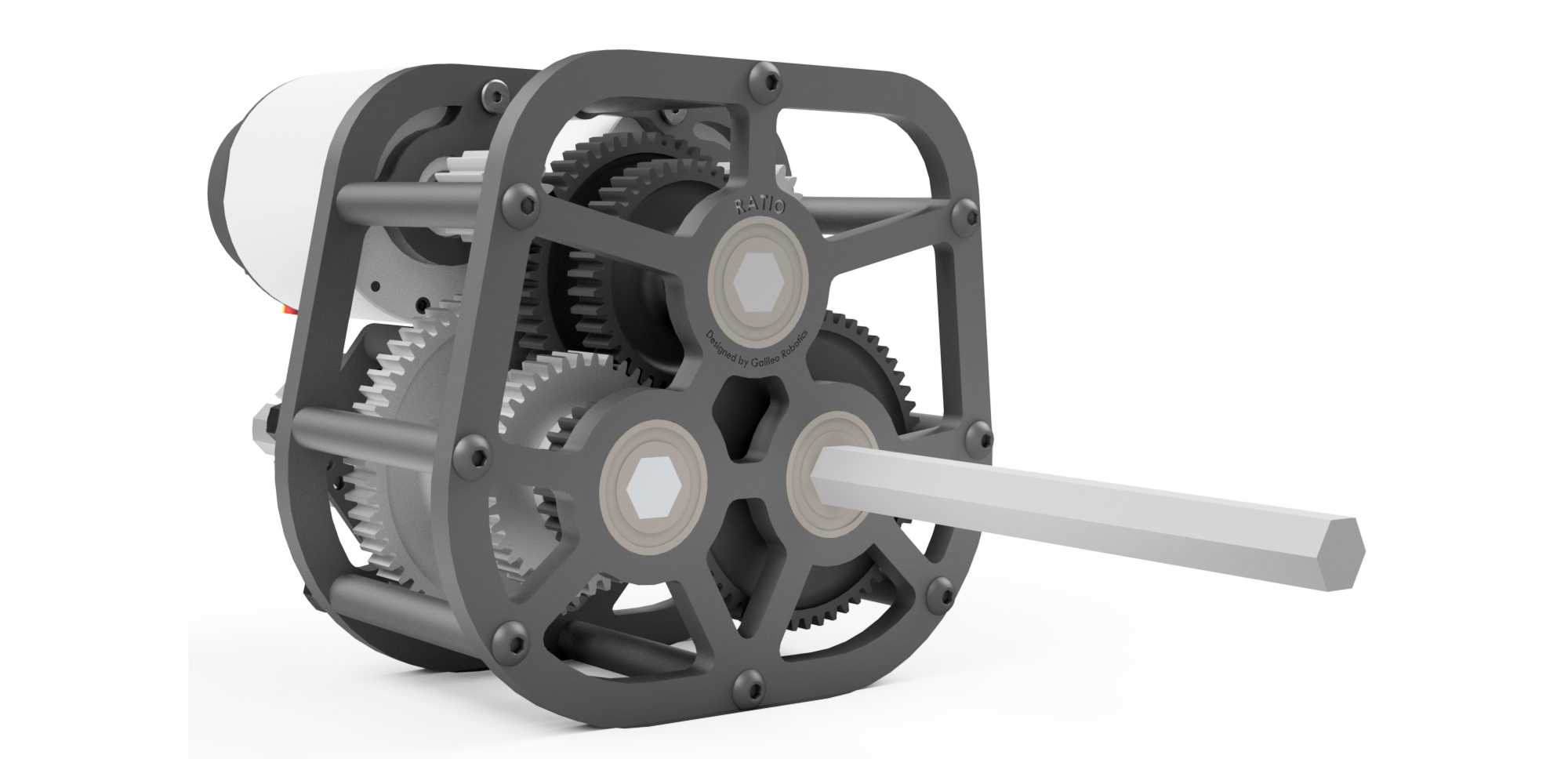SENTRY
Sentry 2022
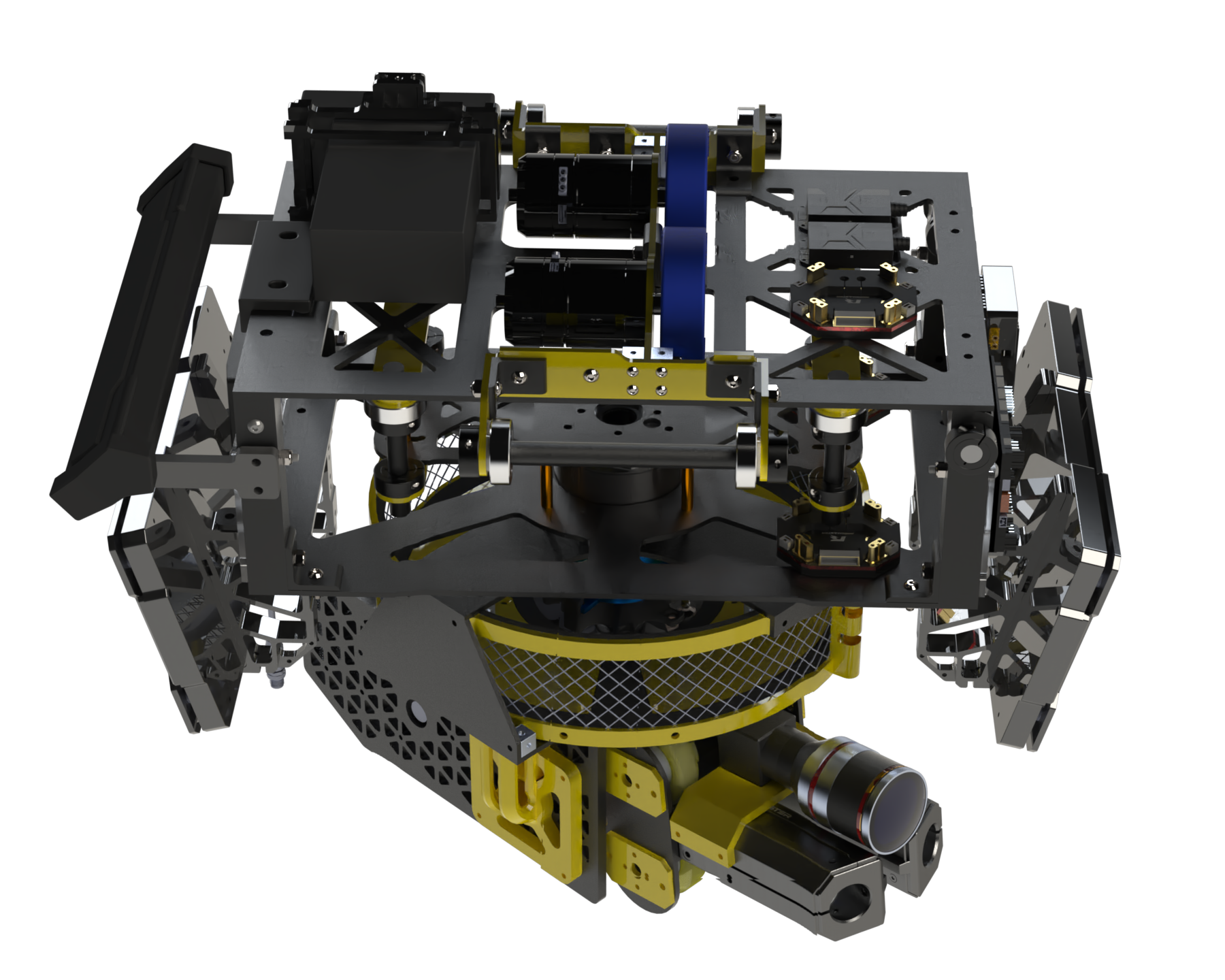
I redesigned the chassis of Sentry, the top half that mounts on to rail and carries the turret.
The main design goals over the previous version of Sentry were to reduce weight and
increase simplicity. This was achieved by replacing much square tubing with plates and brackets.
Additionally, significant pocketing and optimization via Finite Element Analysis (FEA) was utilized.


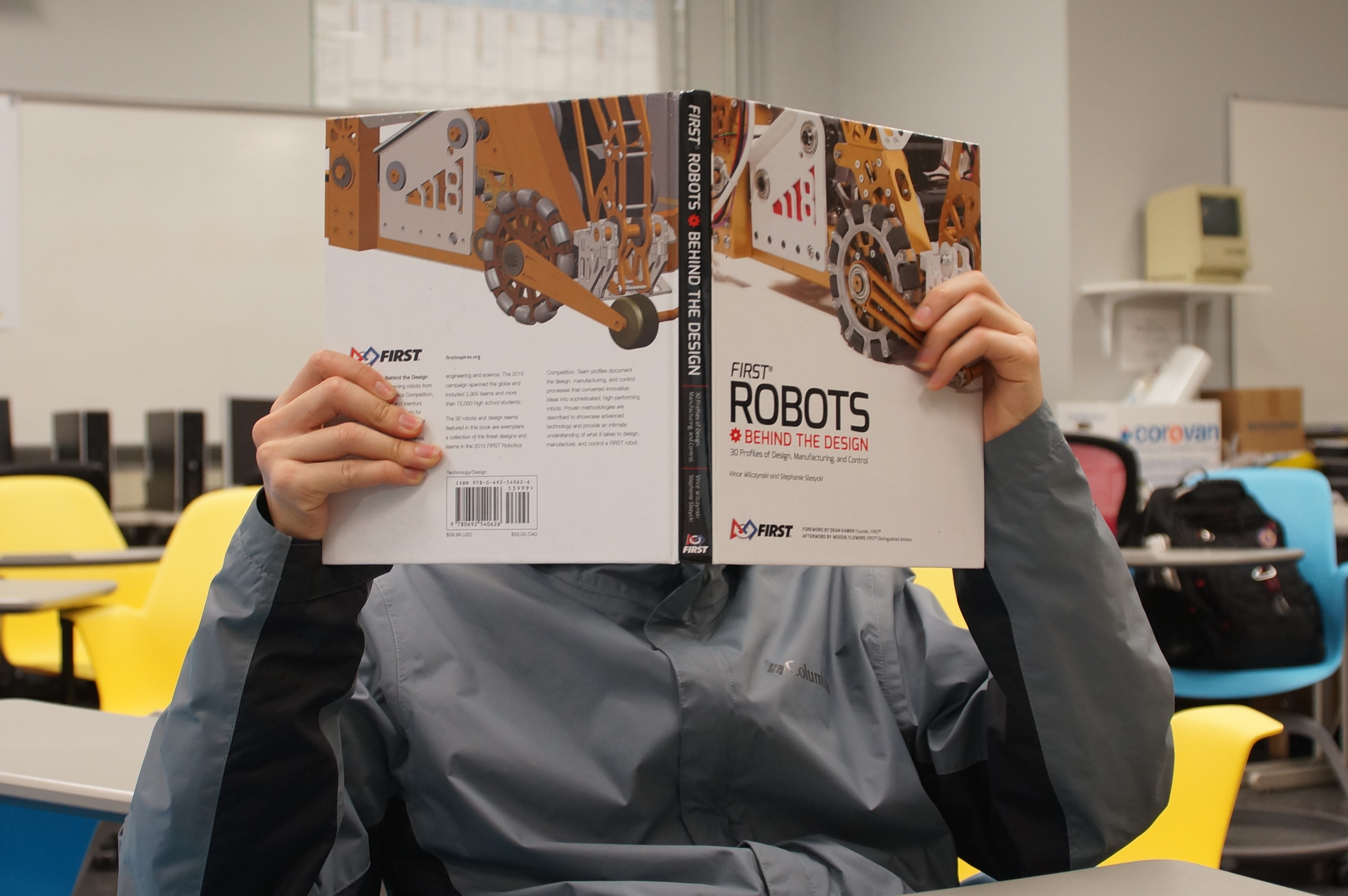
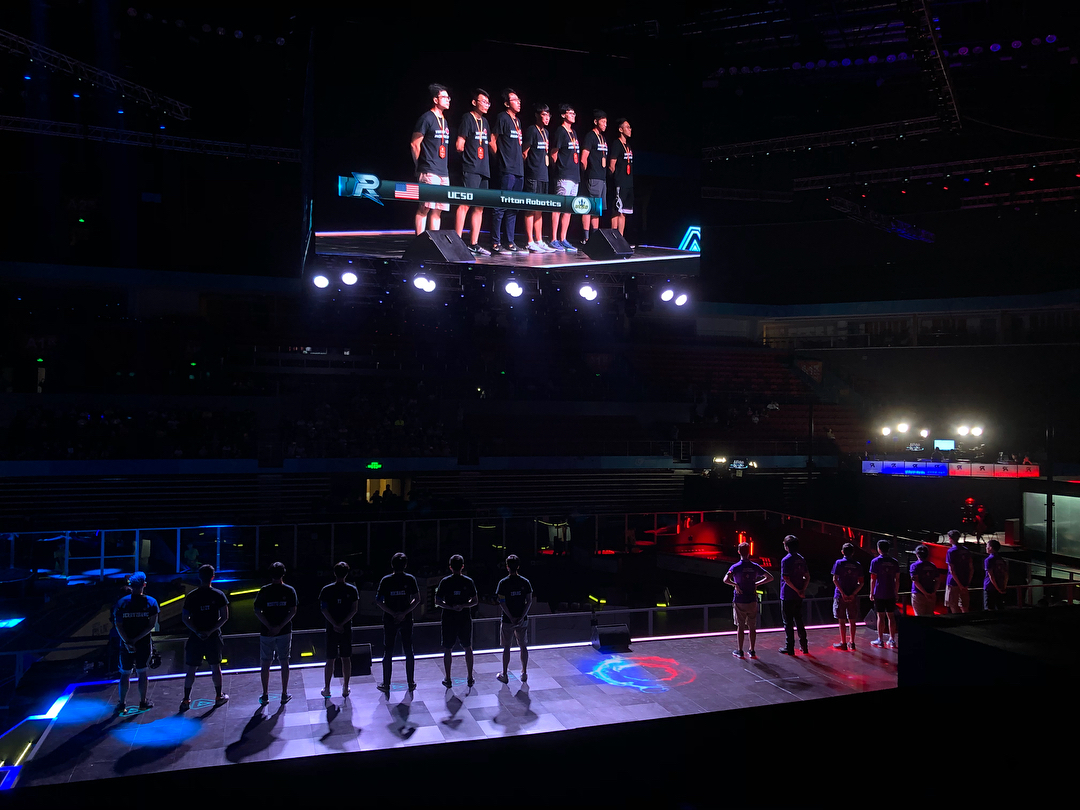
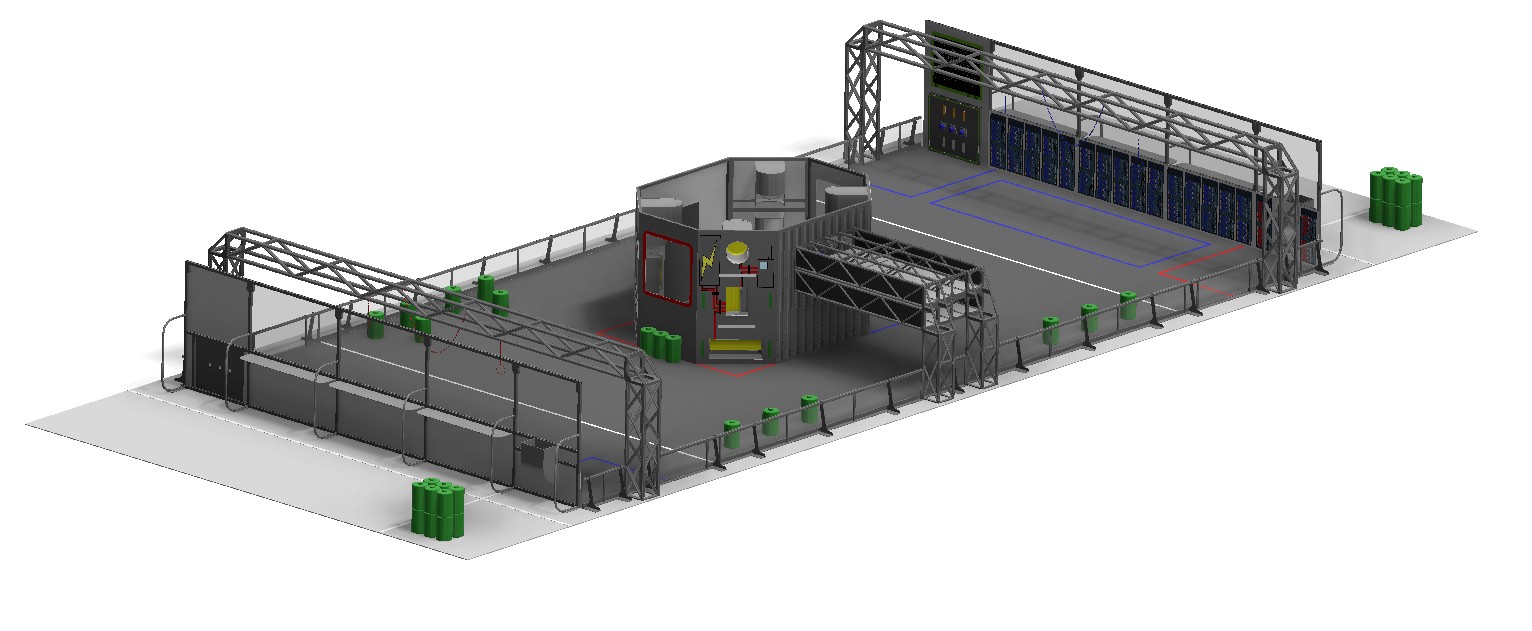 Field Render
Field Render
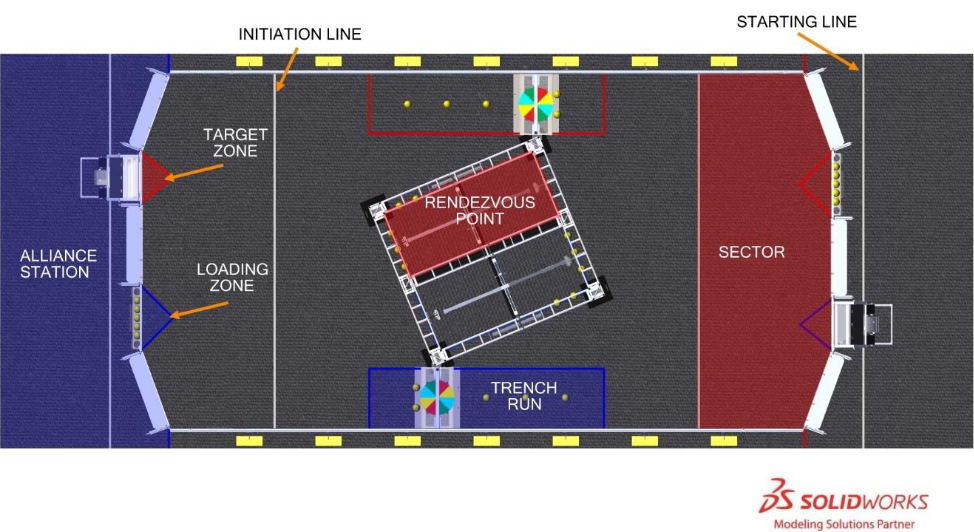
 Power Cell
Power Cell Power Port
Power Port Power Port Dimensions
Power Port Dimensions Generator Switch Positions
Generator Switch Positions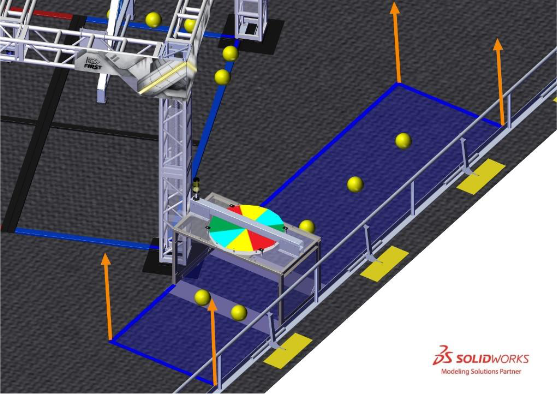 Generator Switch Positions
Generator Switch Positions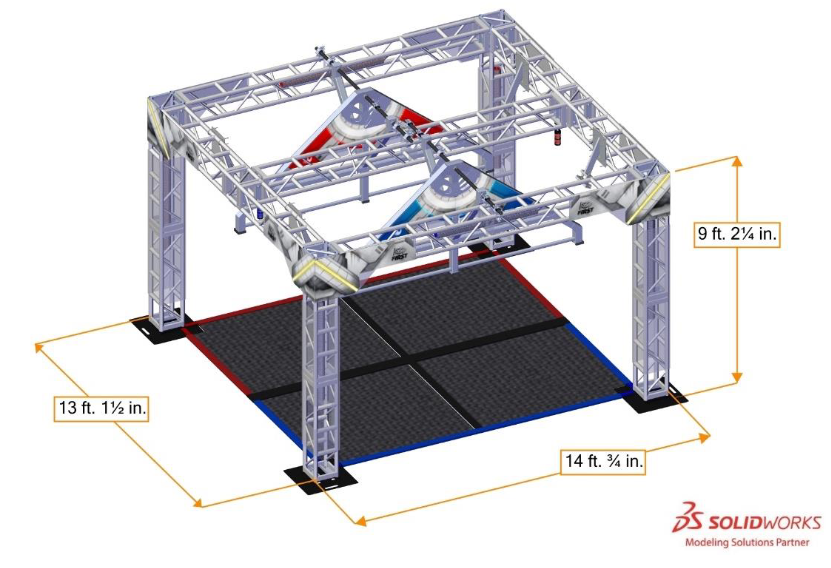 Shield Generator Overview
Shield Generator Overview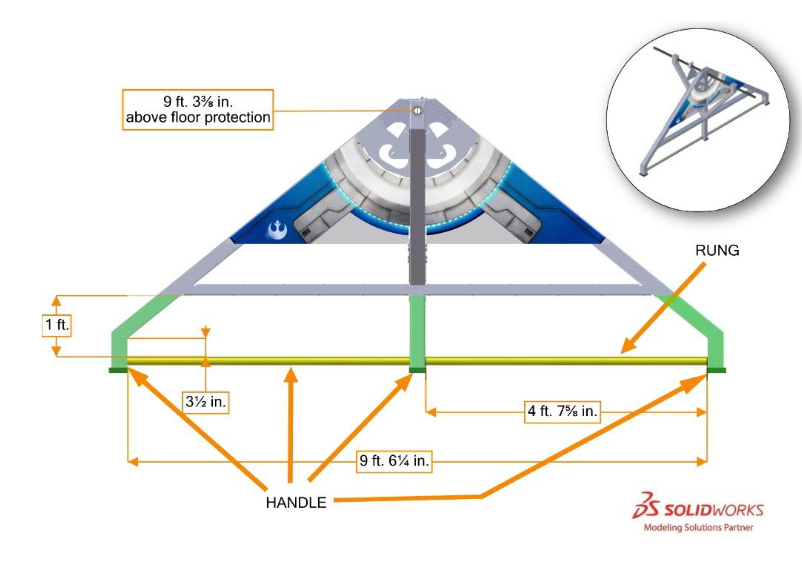 Generator Switch
Generator Switch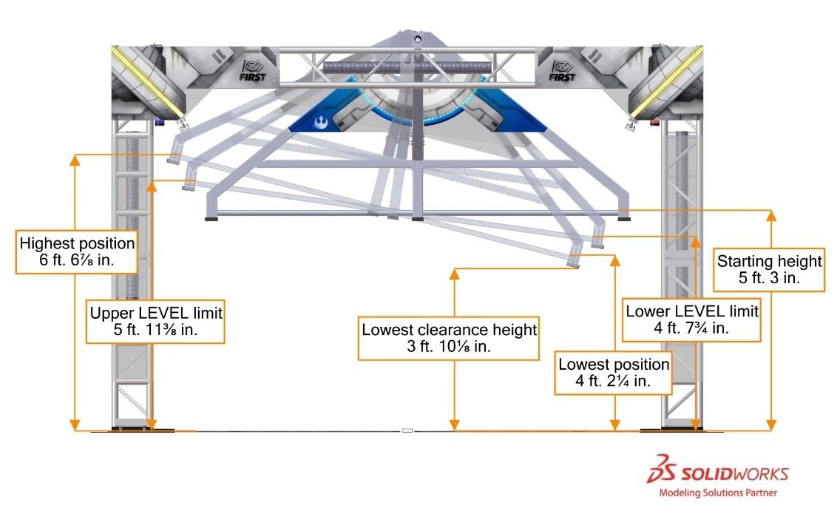 Generator Switch Positions
Generator Switch Positions
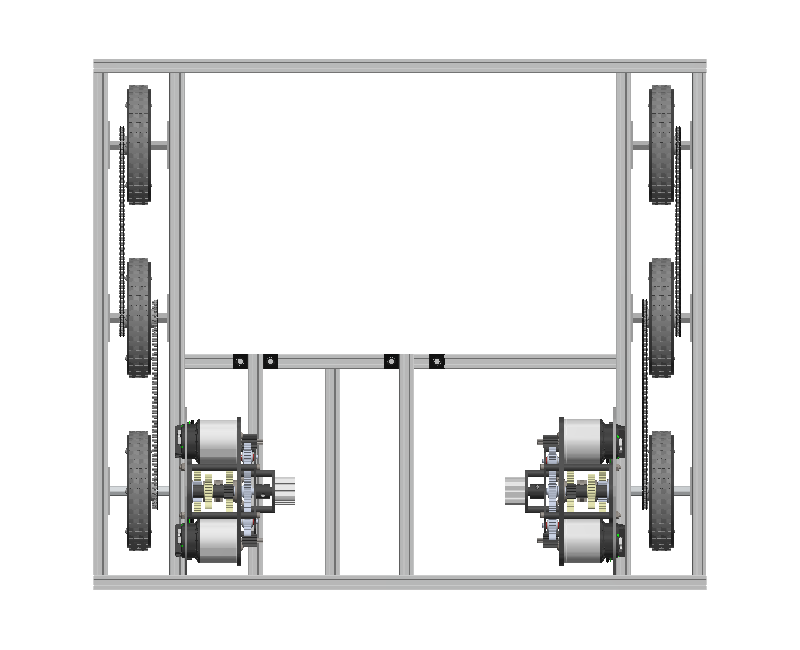
 Early Intake/Feeder Iterations
Early Intake/Feeder Iterations
 Final Intake/Feeder Design, Mounted on the Drivetrain
Final Intake/Feeder Design, Mounted on the Drivetrain
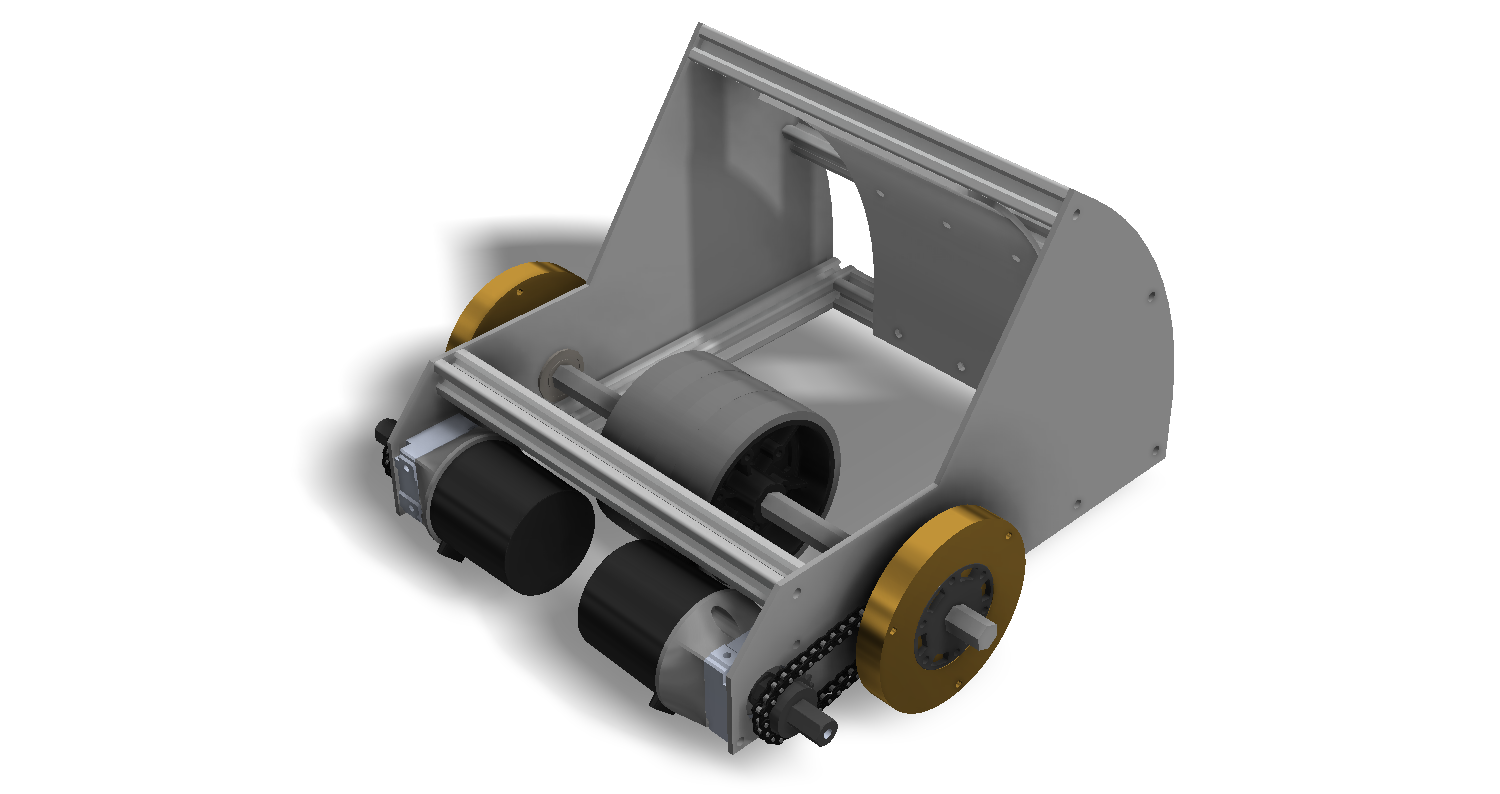 Final Shooter Design
Final Shooter Design
 Final Elevator and Hook-Spinner Design
Final Elevator and Hook-Spinner Design
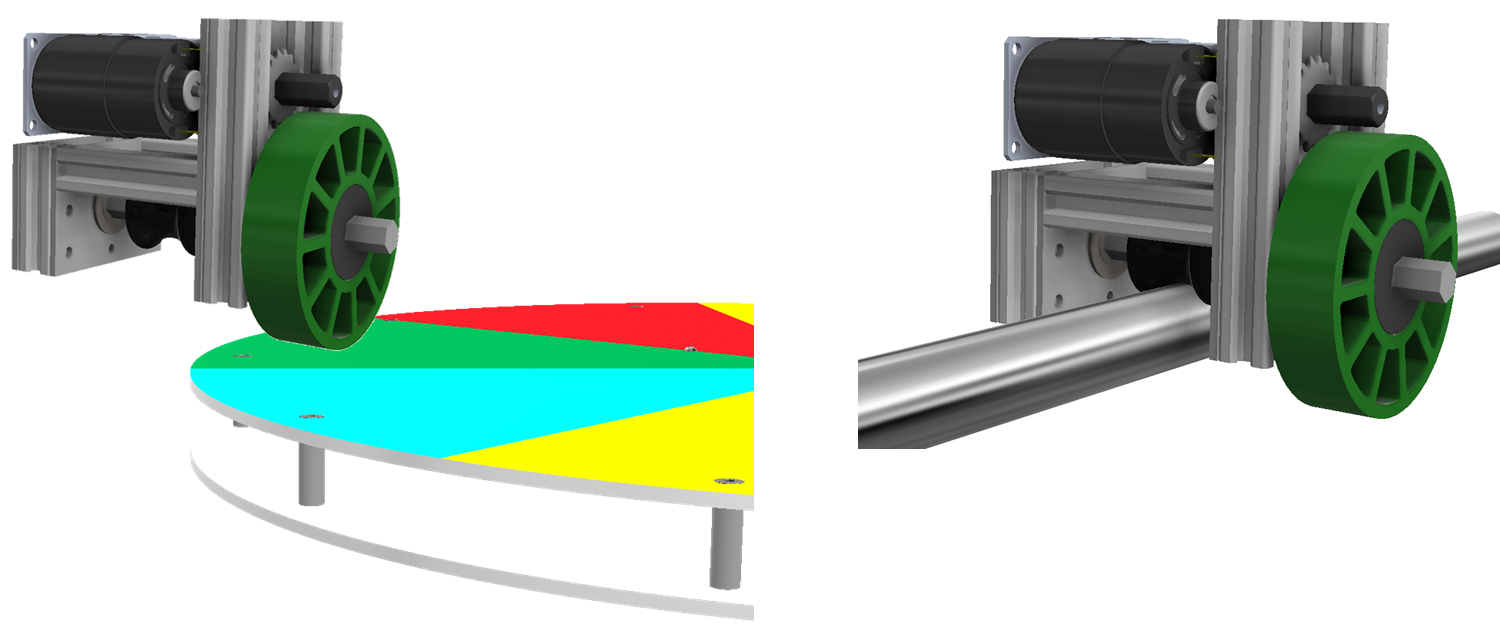 Hook-Spinner spinning the Control Panel
and hooking onto the Generator Switch Rung
Hook-Spinner spinning the Control Panel
and hooking onto the Generator Switch Rung  Assembled Robot
Assembled Robot

 Cargo
Cargo Hatch Panel
Hatch Panel Rocket and Hatch Dimensions
Rocket and Hatch Dimensions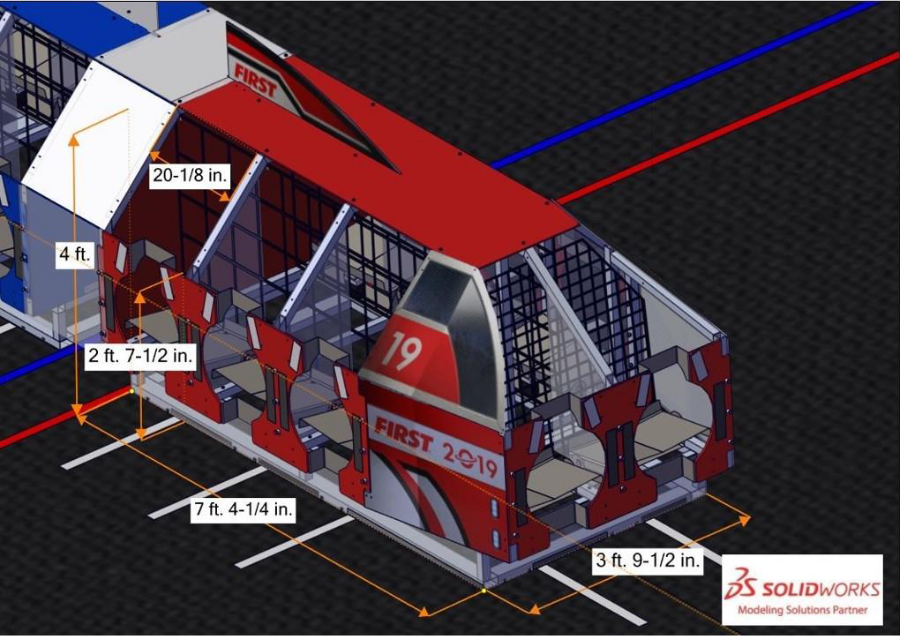 Cargo Ship Dimensions
Cargo Ship Dimensions Habitat Dimensions
Habitat Dimensions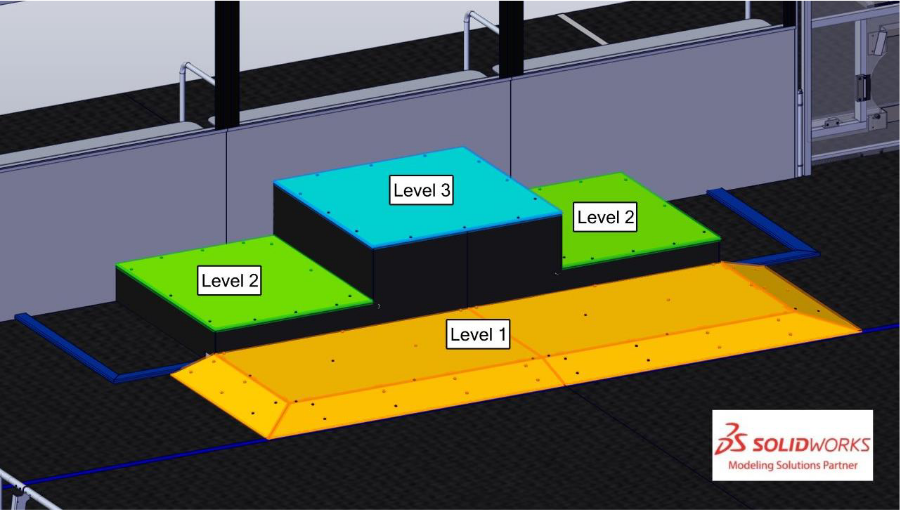 Habitat Levels
Habitat Levels Assembled Robot
Assembled Robot
